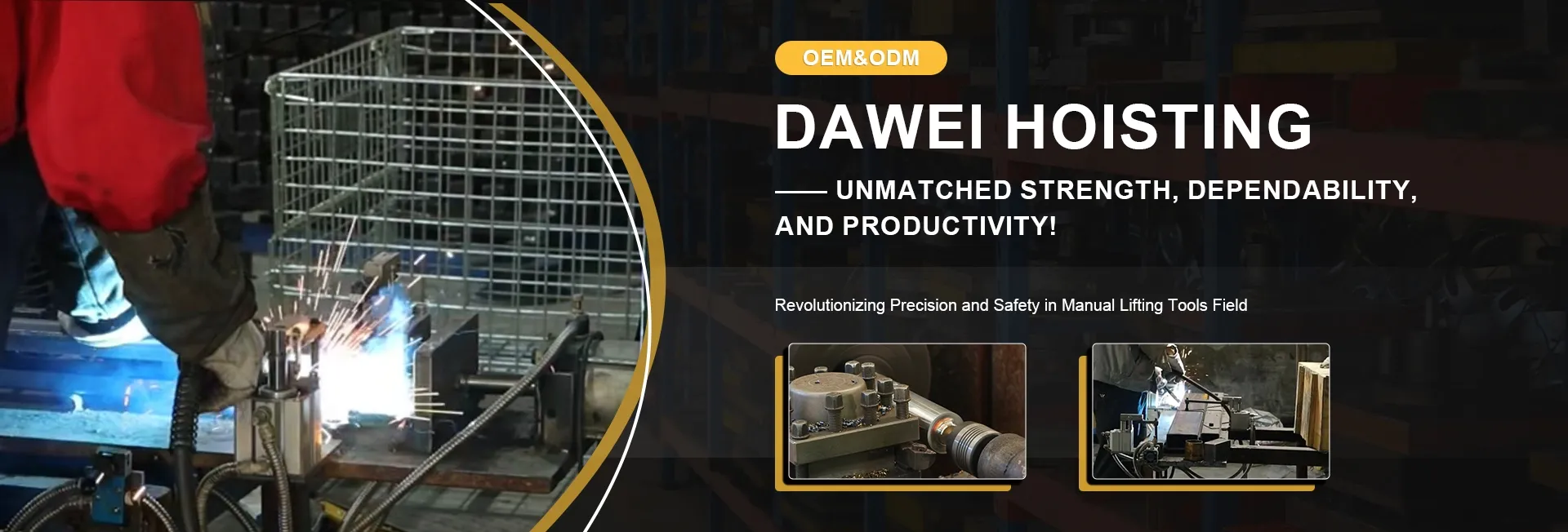Efficient Strategies for Relocating Heavy Machinery in Industrial Settings
Heavy Machinery Relocation Navigating the Complexities
Heavy machinery relocation is a critical process in various industries, including construction, manufacturing, mining, and logistics. As businesses expand, upgrade, or shift operations, the need to move heavy equipment becomes inevitable. This relocation process is not merely about transporting physical assets; it involves careful planning, strategic execution, and compliance with safety regulations to ensure minimal disruption and maximum efficiency.
Understanding the Challenges
Relocating heavy machinery presents several challenges. Firstly, there’s the sheer size and weight of the equipment involved. Heavy machinery can weigh several tons, necessitating specialized transportation vehicles and equipment to handle the move. This includes low-bed trailers, cranes, and forklifts, which are designed to transport and position large assets safely.
Additionally, many types of heavy machinery are sensitive to movement. Equipment such as industrial presses, CNC machines, and large fabrication tools may require disassembly before relocation. This process not only adds to the time and labor involved but also demands an understanding of the machinery's operational requirements to ensure proper reassembly and functionality at the new location.
Planning for Success
The first step in successful heavy machinery relocation is meticulous planning. It is crucial to conduct a thorough assessment of the current site and the new location. This includes evaluating access routes, potential obstacles (like power lines, road widths, and overpasses), and the layout of both locations to facilitate smooth transportation and installation.
A detailed inventory of the machinery to be relocated should also be prepared. This inventory must include equipment specifications, photographs, and current operating conditions. By documenting this information, businesses can better prepare for potential issues that may arise during the relocation.
Safety Considerations
heavy machinery relocation

Safety is paramount during any heavy machinery relocation. The risks involved include not only the potential for equipment damage but also the safety of personnel and surrounding property. Prior to relocation, it is essential to conduct a risk assessment to identify potential hazards. This may involve securing the area, ensuring all workers are trained in equipment handling, and creating emergency response plans.
Additionally, adhering to local regulations is vital. Different regions have specific guidelines regarding the transportation of oversized loads, which may require permits and coordination with local authorities. Failure to comply with these regulations can result in fines or delays, further complicating the relocation process.
Execution and Oversight
Once planning is complete, the actual relocation can begin. This phase requires coordination among various teams, including logistics, equipment operators, and safety personnel. Effective communication is essential to ensure everyone is informed about their roles and the timeline of the move.
Having a project manager oversee the relocation can significantly enhance efficiency. This individual should be experienced in heavy machinery operations and familiar with the equipment being moved. Their oversight will help ensure that all aspects of the relocation are executed as planned, addressing any unforeseen complications that may arise swiftly.
Post-Relocation Setup
After transportation, the focus shifts to the setup and re-commissioning of the machinery. This is a crucial stage, as proper calibration and alignment are necessary for the machinery to function optimally. It’s advisable to have trained technicians on-site to handle the installation and testing of the equipment.
In conclusion, heavy machinery relocation is a multi-faceted process that requires careful planning, an emphasis on safety, and effective execution. By addressing the challenges and following a structured approach, businesses can successfully navigate the complexities of moving heavy equipment, ensuring operational continuity and minimizing downtime. As industries evolve and expand, mastering the art of heavy machinery relocation will continue to be a vital skill for success in an increasingly competitive marketplace.
-
YS Permanent Lifting Magnets: The Smarter Way to Handle SteelNewsMay.22,2025
-
PML Magnetic Lifters: Revolutionize Your Steel HandlingNewsMay.22,2025
-
Powerful Magnetic Lifters: The Smart Way to Handle SteelNewsMay.22,2025
-
Heavy-Duty Machine Moving Dollies: Move Anything with EaseNewsMay.22,2025
-
Heavy Machinery Movers: Your Ultimate Equipment Shifting SolutionNewsMay.22,2025
-
Adjustable Gantry Crane: Your Ultimate Lifting SolutionNewsMay.22,2025
-
Safe Lifting in Every Scenario: Redefining Efficiency with the Permanent Magnetic LifterNewsMay.19,2025
